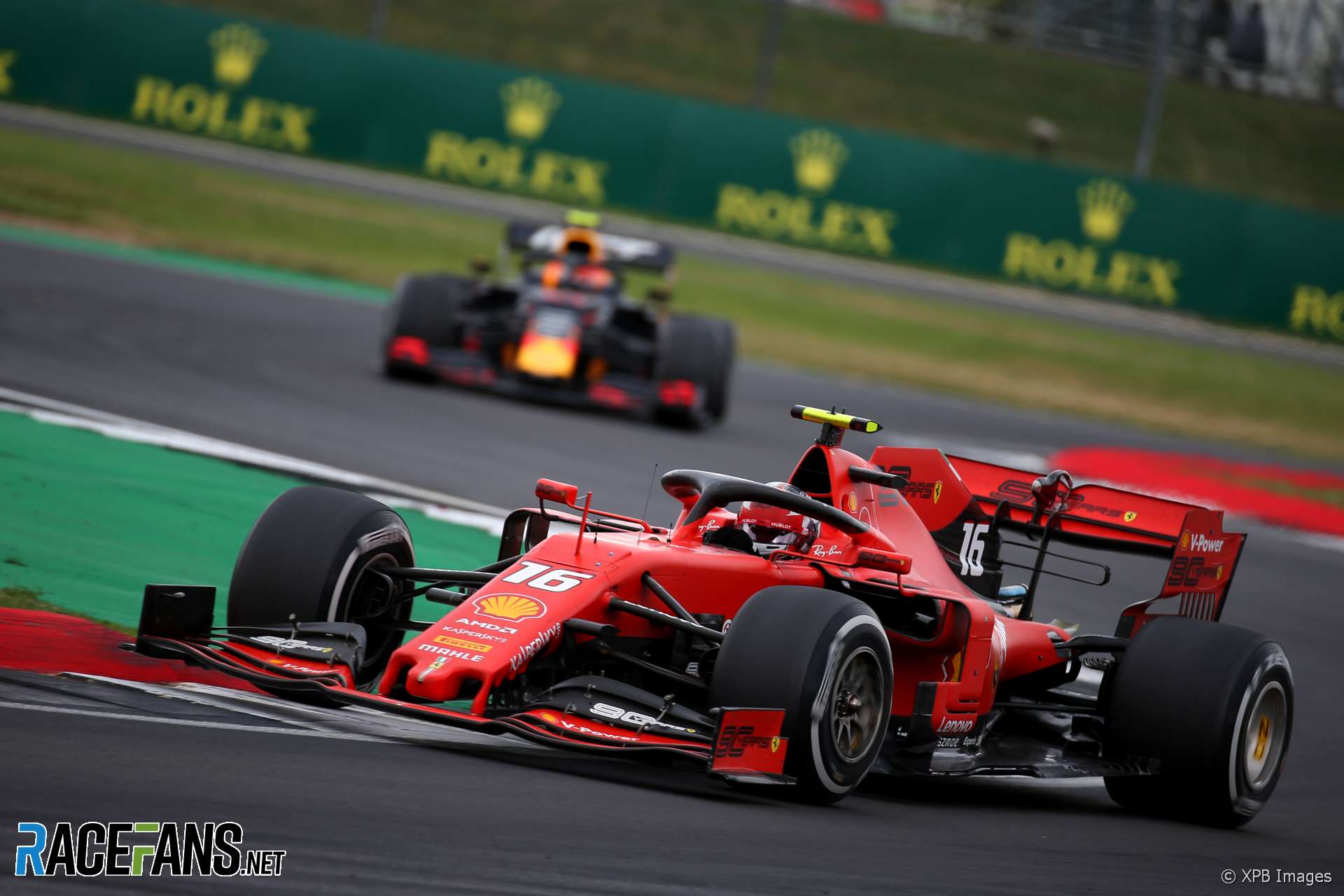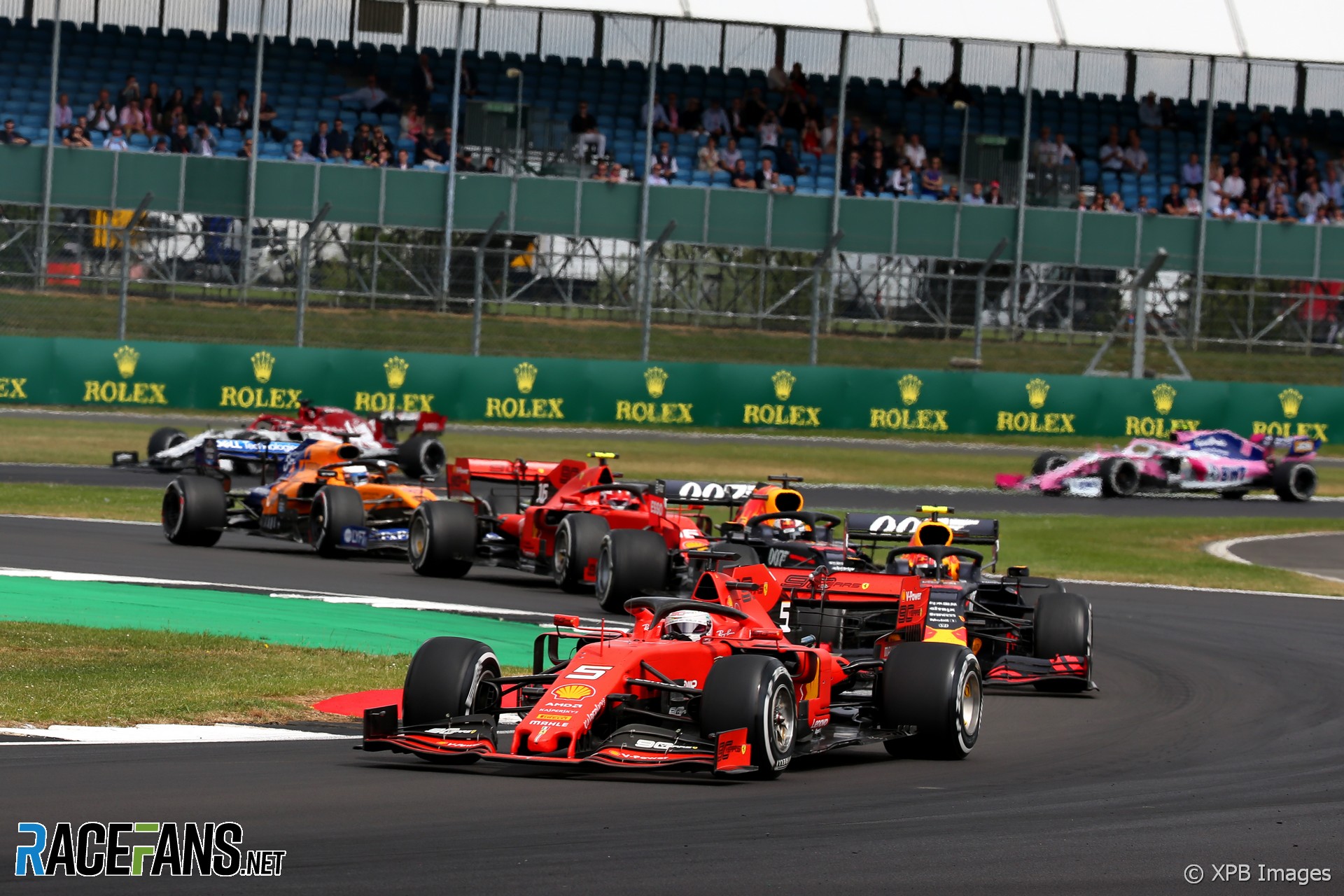- Login or Register
No account yet? Sign up



Is the car on the ground in one shot and not the other? Or did they change how much sag/droop they're running? The shape of the cutout is different too, which I find interesting as the part of the wishbone that crosses the bodywork hasn't changed apparentlyzioture wrote: ↑12 Jul 2019, 11:23url]https://scontent-mxp1-1.xx.fbcdn.net/v/ ... e=5DB237FF[/url]
https://scontent-mxp1-1.xx.fbcdn.net/v/ ... e=5DA12033

It's been said on here it's a one-lap, battery topped, lap with the waste gates open and no harvesting. The open waste gates give 40 bhp more because of less pumping losses.Just_a_fan wrote: ↑22 Jul 2019, 13:54I'm guessing it's a one shot cooling solution that allows them to go mad for one lap only. Some way of prechilling the coolant perhaps.
I think this was discussed somewhere around here before. It's plausible they are using GPS traces along with known gear ratios and sound analysis to extrapolate a car's power.
I would think a road car would be much easier as they don’t have the variability of downforce levels changing track to track. Or is this somehow taken into account in the calculation?e30ernest wrote: ↑22 Jul 2019, 17:21I think this was discussed somewhere around here before. It's plausible they are using GPS traces along with known gear ratios and sound analysis to extrapolate a car's power.
Back in the early 2000's we used similar software (GPS traces with sound analysis and gear ratios) to get power estimates of road cars. They were pretty close to what we got on actual dynos (+/- 5-10hp) but that's for road car's. I don't know how well that scales to F1 power and speed.
They know their own downforce levels, they also have GPS data from the corners, so they can make some DF estimates.subcritical71 wrote: ↑22 Jul 2019, 19:28I would think a road car would be much easier as they don’t have the variability of downforce levels changing track to track. Or is this somehow taken into account in the calculation?